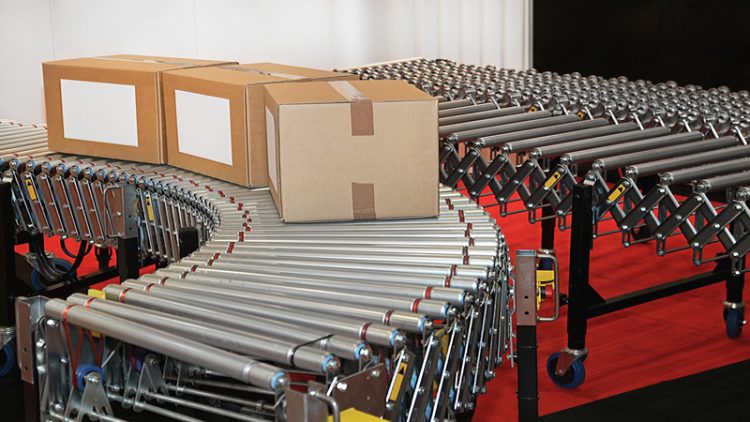The introduction of ore mining is thought to have benefited by the invention of early conveyor belts, as part of the conveyor rollers system, around 1892. Within 10 years, steel conveyor belts were in full production. How do they compare with today’s modern systems?
Has Anything Really Changed?
From moving ore from the mine, conveyor belts were used to transfer the product on to rail cars. In modern times, a phosphate mine in Western Sahara uses a conveyor belt that is an incredible 62 miles long.
One of the most popular ways in which we see conveyor systems in action is within airports, where the systems load and unload baggage, making it available for the passengers to collect, after their flight.
Although originally worked in straight lines, conveyor systems can be curved and circular. They have completely transformed and developed mass production.
Traditional Systems
Conveyor systems bring the product, or part of a product, past an individual who will perform their specific task and keep the product moving to the next job in the line, until inspection and finally, packaging.
While everyone refers to the conveyor belt, it is the belt on the conveyor rollers that keeps the entire system moving. Depending upon the material handling requirements and the necessity to meet Food and Drug Regulations, belts can be made from steel, nylon or rubber, or a mixture of these materials.
Modern conveyors can weigh products while being transported, making the moving of goods to trucks and trailers, more efficient.
Farmers use traditional conveyor belt systems to move products from their fields, before it is sorted and processed. Where they use portable conveyor systems, farmers are provided with more flexibility.
From the traditional conveyor belts you see in the grocery superstores, bringing the goods to the checkout, to escalators transferring customers between floors, the ideas from conveyor systems of 1900 are still relatively straightforward compared to modern equivalents.
Modern material handling companies have developed conveyor belt planning that is more suitably matched with today’s technology.

